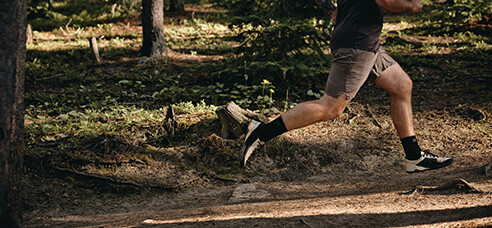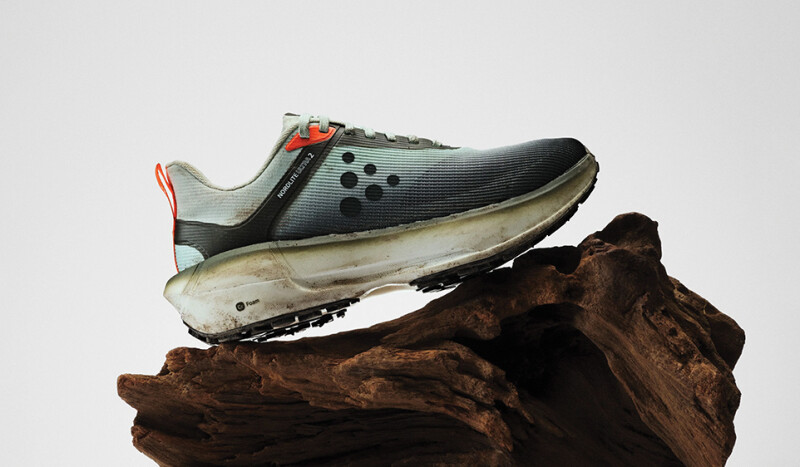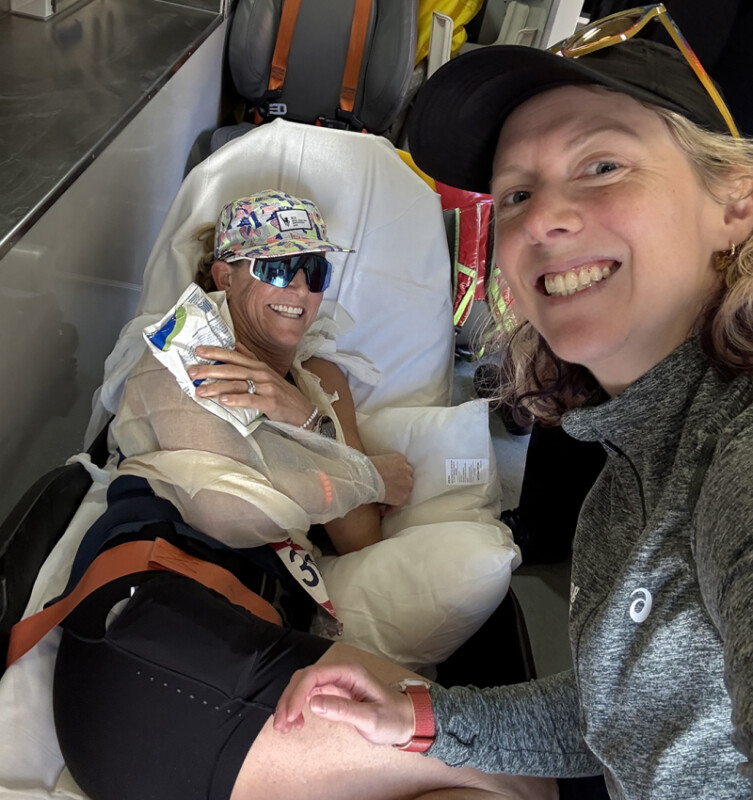Retailers and manufacturers with a focus on the U.S. running shoe market have reasons to be optimistic these days. Performance running shoe revenue across sporting goods and specialty running stores has grown to $1.9 billion, from January through August – a 19 percent increase over the same period in 2019, according to Retail Tracking Service data from The NPD Group.
Keeping in mind that 2020 sales were adversely affected by lower brick-and-mortar store traffic, the 2019 comparison allows us to compare recent growth to a normal year — August revenue increased 25 percent over August 2019. This strong growth indicates that the performance running shoe boom is maintaining its brisk pace, at least for the time being.
While revenues for both men’s and women’s performance running shoes increased over 2019 levels, the women’s segment experienced stronger gains. From January through August 2021, women’s road running shoes grew by 27 percent in revenue, compared to 14 percent for men’s. In the trail-running shoe segment, revenue for women’s designs increased by 33 percent, compared to 21 percent growth for men. Some of this growth may be attributed to the growing availability of women’s lasted shoes. Now that some women’s designs are truly fit to the anatomy of the female runner, increases in sales are to be expected.
Keeping the Momentum Going
Brands and retailers should strive to continue to benefit from these growth trends. However, as pent-up demand leads the American public to re-engage in activities they were deprived of during the pandemic, there is a likelihood that this running shoe growth, if not actively managed, might lose its momentum.
In fact, there are several examples of this type of deceleration in sports equipment categories that rode the wave of the pandemic.
Starting in June, treadmill sales began slowing down and, while revenue was still far above 2019 levels, year-over-year sales declined by four percent from June through August.
We noticed similar patterns for golf and other sports equipment purchases. While golf equipment revenue remained high, compared to 2019, sales from June through August declined by four percent versus last year.
These declines are not dramatic, but they are significant since they represent a reversal from the trends seen in 2020 and early 2021. Although the running footwear environment differs from hard goods, there is a lesson to be learned here for running brands and retailers to actively seek growth opportunities for the category. Uncovering opportunities for continued growth may accelerate the trends NPD is seeing in the performance running category and assure its continued health.
Gauging Consumer Buying
NPD Checkout provides granular insight into the behavioral changes among road running shoe consumers that may help the industry navigate changes in consumer behavior.
Buyer penetration among running shoe buyers grew by three points, year over year, from January through August — indicating that consumers are more engaged with the running footwear market this year than they were last year. This finding validates what we would expect to see, given the brick-and-mortar store traffic challenges experienced during the pandemic last year. In addition, the average amount spent per buyer increased by almost 12 percent between January and August.
We see another side to the story looking at these same numbers and comparing them to pre-pandemic figures. The market grew in revenue and average selling prices increased over the last two years; however, buyer penetration is lower than it was in 2019, pointing to lower consumer engagement for running footwear than before the pandemic.
Essentially, the industry’s success in 2021 was caused by higher spending, which grew by 30 percent in 2021 versus 2019. This growth would be fine if consumer engagement and penetration rates were both maintained; however, they were not.
Realizing this gap in consumer engagement, as measured by buyer penetration metrics raises a critical question for the industry: What must be done to regain the engagement levels the industry enjoyed prior to the pandemic?
At a high level, Checkout data reveals several significant changes to the running shoe consumer base to which the industry must adjust. For example, the percentage of men purchasing running shoes increased by almost two percentage points in 2021 versus 2019. And while most age groups grew their percentage of buyers, the running shoe market lost share among 35- to 44-year-olds.
The changes to demographics are associated with new consumers entering the category as opposed to current runners. New, entry-level runners do not need to replace their shoes as often as the more serious runners, which may potentially be impacting the penetration level. It is also important to consider that some of these running shoes are being purchased as a fashion statement or, in the case of older buyers, for walking.
Understanding the Consumer
In addition to understanding the shifts in the running industry’s consumer base, understanding running’s most productive consumer provides additional value in marketing and product management efforts. It is just as important to know the demographics that are the most productive as it is to understand those that are creating growth.
The loss of buyers between the ages of 35 and 44 is especially concerning because these are the consumers who spend the most on running shoes. In fact, their spending is 19 percent higher than the fastest growing age group in the running shoe market — the 55-and-older cohort.
Finally, retail and consumption has evolved to a point where consumers expect smart partnerships between brands and retailers. For the running market, NPD data can help illuminate these kinds of partnership opportunities by highlighting the brands, products and retailers favored by the running footwear market’s most productive customers.
For example, in addition to having a strong affinity for the top-selling athletic footwear brands, running footwear’s most productive consumers also frequently purchase technology brands, like Apple and Samsung. This information points to the possibility that strategic partnerships or co-developing products might yield big opportunities to brands and retailers, in terms of revenue, invigorated store traffic and so on.
The latest “Future of Footwear” report, based on Retail Tracking Service data from NPD, forecasts the performance running category to be a growth area for the footwear industry over the next two years. As the running footwear market advances towards 2022, brands and retailers with a heightened understanding of the specific needs of their consumer bases will reap the benefits of revenue and market share growth.
Channeling Aristotle’s phrase, “The whole is greater than the sum of its parts,” the reward for taking these actions will be a stronger and more invigorated running industry with a brighter future.






